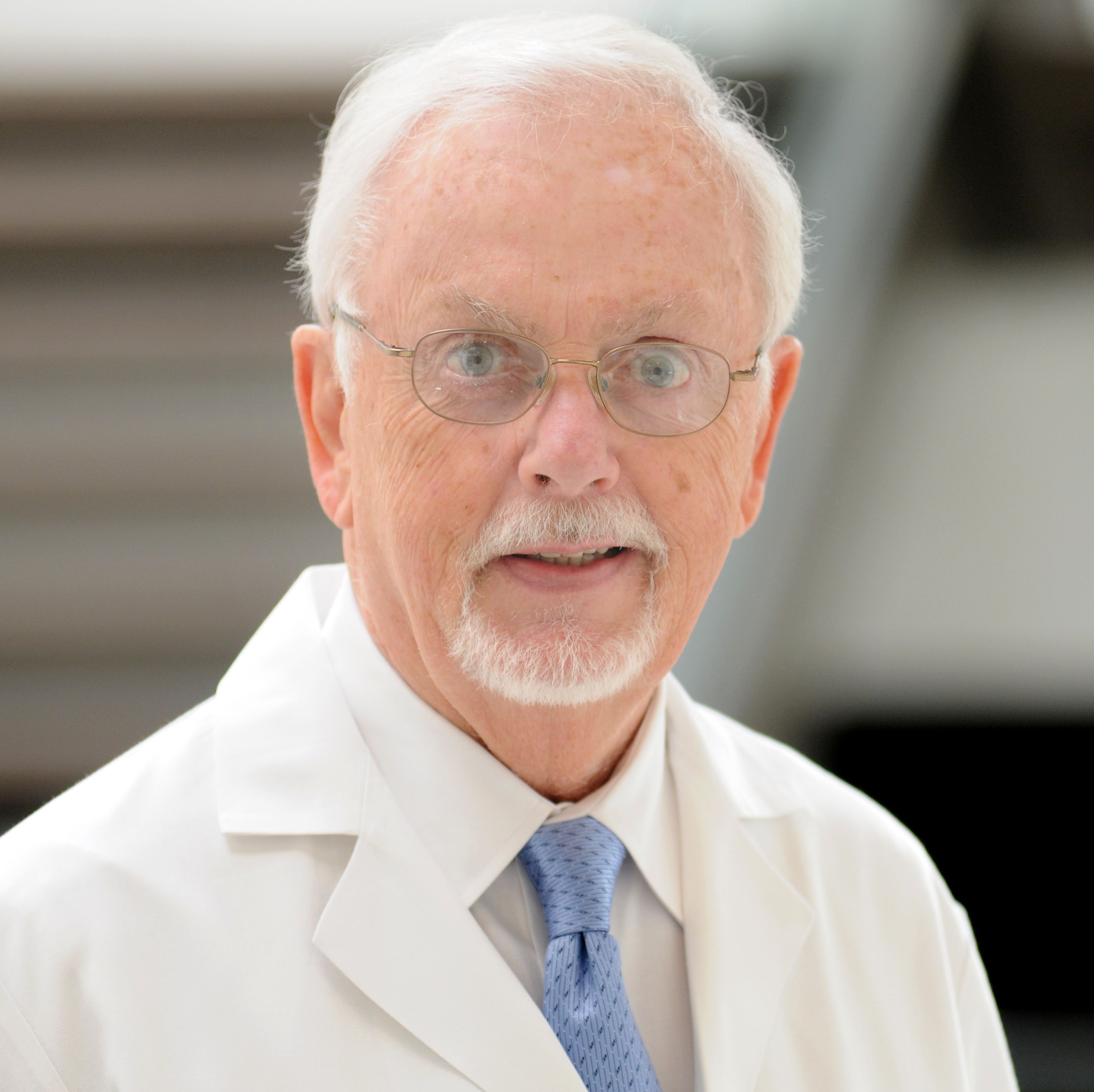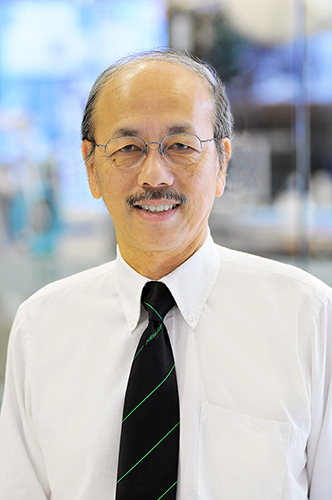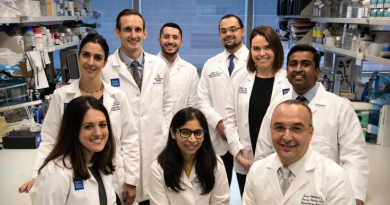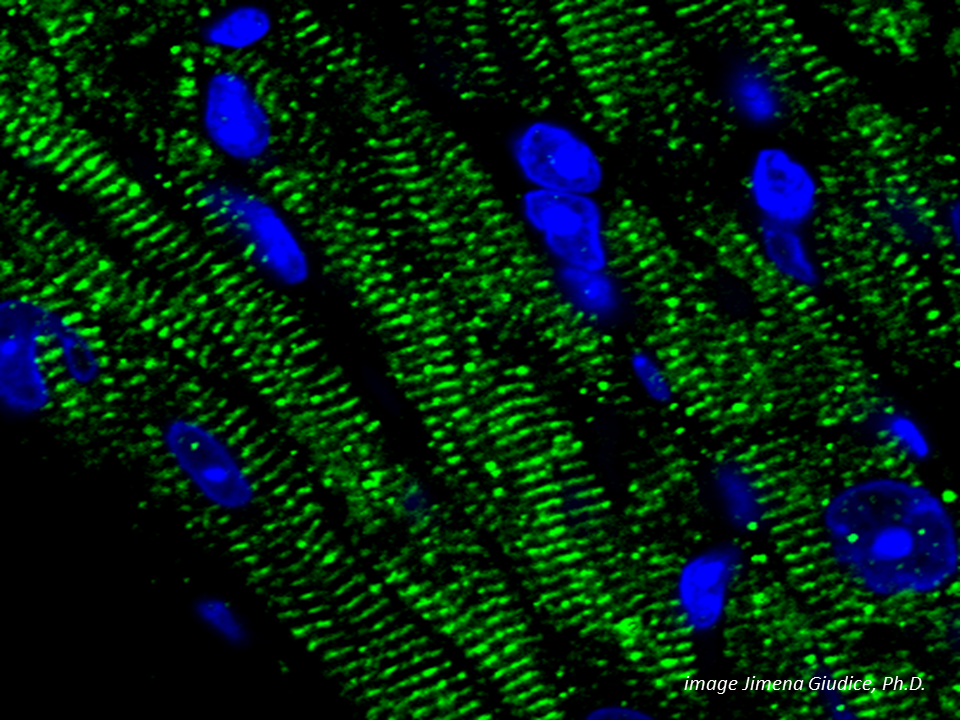Interaction of estrogen receptor and coactivators seen for first time
https://www.youtube.com/watch?v=lpcXeRptj5A#t=14
By Ruth SoRelle, M.P.H.
For more than 50 years, Dr. Bert O’Malley, chair of Baylor College of Medicine’s department of molecular and cellular biology, has worked to understand the estrogen receptor, how it works and how it partners with other molecules in the cell.

In a recent study with Dr. Wah Chiu, professor of biochemistry and molecular biology at Baylor, O’Malley for the first time visualized the 900 kiloDalton molecular machine (kiloDalton is a
measurement of mass) made up of the receptor, its coactivator SRC-3 (steroid receptor coactivator 3), another coactivator called p300, and the DNA that it controls, through the use of an electron cryo-microscope and advanced computational analysis. That 3-D image revealed the spatial relationships among these molecules as never seen before and immediately suggests how the receptor recruits the co-activators and activates genes.
A report on their work appears online in the journal Molecular Cell.
Estrogen receptor
The estrogen receptor is a transcription factor – one of those cellular workhorses that alone or together with other proteins binds to specific sequences of DNA, thus controlling the rate at which
the information in DNA is transcribed into the messenger RNA to synthesize new proteins for the cell. Estrogen receptor-α, in particular, drives growth in cells.
“It is one of the main drivers of breast cancer and other female cancers,” said O’Malley. “It is quite important that we understand how this works. No one has ever seen an intact estrogen receptor
before – either attached to DNA or in a functional state with coactivators, which can drive growth in cells.”

Cryo-EM pioneer
Chiu, who has pioneered the technique of electron cryomicroscopy, said this molecular machine itself presented major technical challenges in solving and validating the results, because of the
structural variability that is in fact intrinsic to its function.
“Usually, most proteins assume consistent configurations in space,” he said. “But in this case, proteins in this machine appear to assume different conformations. We have developed a novel
computational procedure to classify the images so that we are averaging only those that have a uniform conformation in order to compute its 3-D image.”
O’Malley is inspired by this 3-D photo and since has designed multiple biochemical experiments to validate this model and extend the understanding of the mechanism of its function.
“This was a two-part success,” said O’Malley. “We, in my laboratory, made the proteins, checked their functions and formed the complex on the DNA. But we would not understand what they look
like and how they work without Wah’s expert technology.”
“Bert has developed a biochemical way to purify a number of proteins, which function together as a molecular machine. In this case, the machine is made up of three different proteins, and DNA. For the first time, we found out how these molecules assemble to form the functional machine,” said Chiu.
How it works
“We still are working to find out more of how estrogen receptor-α works,” said O’Malley. “I don’t think we understand it fully.”
“We want to get better pictures to see more and more details,” said Chiu. “Also, Bert has a gallery of different conditions mimicking its cellular activities. We want to take pictures of these complexes under these conditions. For instance, what happens if we replace SRC-3 with another coactivator that activates different genes in different states of the cell?”
“This project may sound like you just throw a few biological molecules together and take some pictures. However, it took over three years to do this project from start to finish,” O’Malley said. He
said they hope to look at other hormone receptors and how they act in the cell on other genes.
Others who took part in this work include Ping Yi, Zhao Wang, Qin Feng, Grigore D. Pintilie, Charles E. Foulds, Rainer B. Lanz, Steven J. Ludtke and Michael F. Schmid, all of Baylor.
Funding for this work came from Komen Foundation and Clayton Foundation Research grants (B.W.O.); U.S. DOD Grant R038318-I (B.W.O.); National Institutes of Health Grants: HD8818 and
DK59820 to B.W.O; P41GM103832 and R01GM079429 to W.C.; R01GM080139 to S.J.L.; K01DK084209 and P30DK079638PJ4 to Q.F.; and National Cancer Institute Cancer Center Support
Grant P30CA125123 (BCM Baculovirus Core Facility).



Great post you have shared about the estrogen receptor. I think this work shows your experience. As we are also working with it.